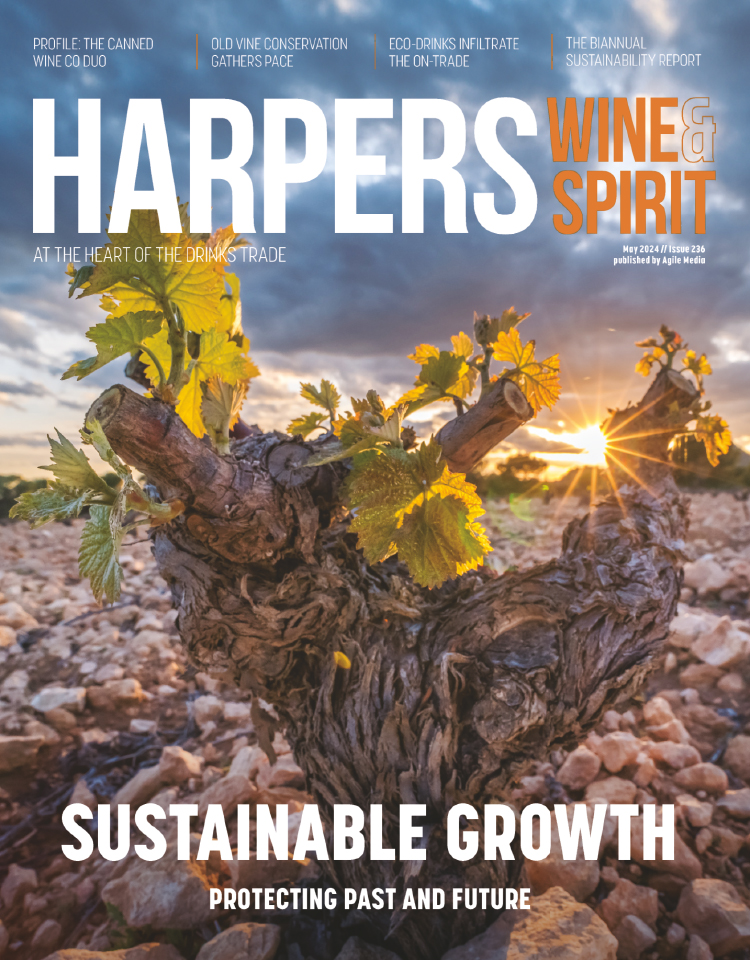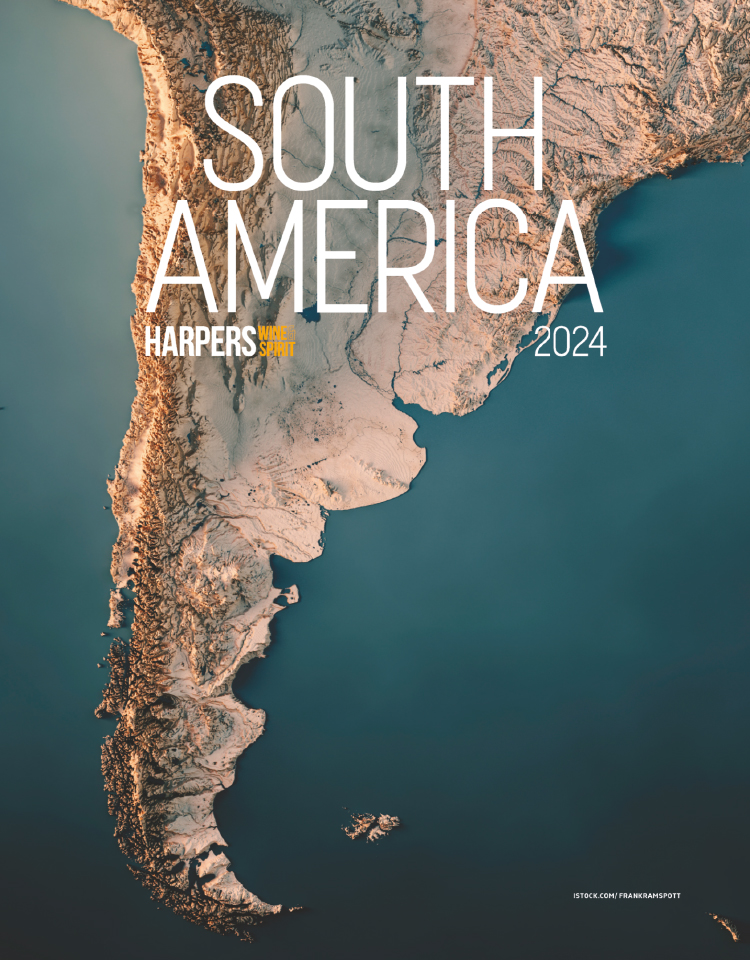
South Africa 2018 harvest “most challenging” in living memory
Serious drought in the Western Cape affected both natural supplies of water and government allocations ahead of this year’s harvest.
After two years of dry conditions, things came to a head earlier this year during the February to April harvest when the threat of day zero – the day when the drought-stricken Cape Town’s water supply was due to be turned off – hovered like a black cloud over producers.
That day never arrived, and has since been pushed back to 2019 from August of this year as data show dam levels rose elsewhere in the country.
However, the latest report from on-trade supplier Bibendum on the southern hemisphere highlights the effect on vineyards as producers struggled to mitigate the effect of a prolonged drought, which is believed to be the worst in 100 years.
“The 2018 harvest has been the most challenging I have ever known,” said Bibendum buyer for South Africa, Paul Meihuizen. “The official figures at this stage indicate that the overall crop will be down by 15%. Cooler-climate regions like Elgin and Walker Bay, as well as certain sub wards in Stellenbosch, were less affected with only slightly lower to average crop sizes this year. The dryland Swartland region has been the worst affected, with crop sizes down by up to 50% and even higher in certain areas.
“Although down in volume, I am expecting the quality to be fairly good this year, especially on the white wines that could be harvested early. Reds are shaping up well despite the challenges and smaller yields. Later-ripening varieties were more challenging but are of good quality. We can expect alcohol levels to be lower this year.”
He went on to say that the challenge for South Africa going forward will be linked to how wet the winter is in 2018, as some serious rainfall is needed to replenish the main bulk of storage dams.
Secondly, it will be down to what the damage, if any, has been caused to the vines due to this year’s dry conditions.
The extreme conditions mean that many – even in less affected areas, like Benguela Cove in Walker Bay – have had to re-think their strategies.
Being a 95% dryland estate, Benguela Cove had to irrigate some vineyard blocks twice that never needed water before.
“The drought is playing a role in the size of the harvest," said winemaker Johann Fourie. “But it wasn’t a game changer at Benguela Cove…Although the vines didn’t struggle, we can see the knock-on effect of three consecutive dry years in the smaller yield. It also varies from variety to variety. Chardonnay is down by 45% and Sauvignon Blanc down by 10%.
“Vines are wonderful things – they learn how to compensate.”
However, Journey's End in Stellenbosch suffered, like the rest of the Cape, from severe drought this year.
Sporadic rainfall during spring and summer provided some relief, although the annual rainfall for 2017 was below average for the third consecutive year, (600mm compared to the usual 800mm.)
Temperate conditions during the ripening period along with light breezes – differing drastically from the heat waves and very strong winds of 2017 – meant longer hang time and one of the longest harvest periods ever at Journey’s End.
“Minimalist winemaking was the name of the game this year with extremely small, concentrated berries that could potentially create highly phenolic and extractive wines,” said director Rollo Gabb.
“The white grapes were pressed very gently, minimising phenolic extraction and lessening the risk of juice browning and bitterness. Our red wines were also treated very gently, keeping them soft with a balanced tannic structure. Red colour uptake was intense and immediate due to the high skin to juice ratio from smaller berries, and nice high natural acidity. The correlating low pHs produced very clean refined wines with great linearity and elegance.”
Keywords:
- South Africa
- Wines
- day
- harvest
- year
- Drought
- affected
- “the
- conditions
- south
- benguela
- 2018 harvest
- benguela cove
- dry conditions
- crop sizes
- compensate ”however journey
- consecutive dry years
- johann fourie “but
- vines didn’t struggle
- three consecutive dry





